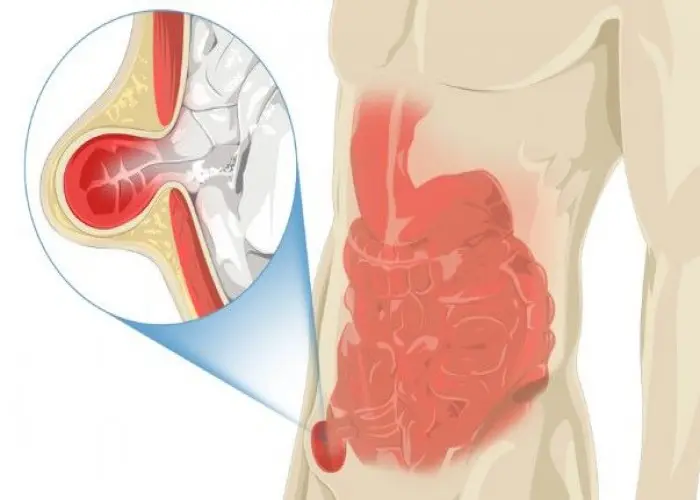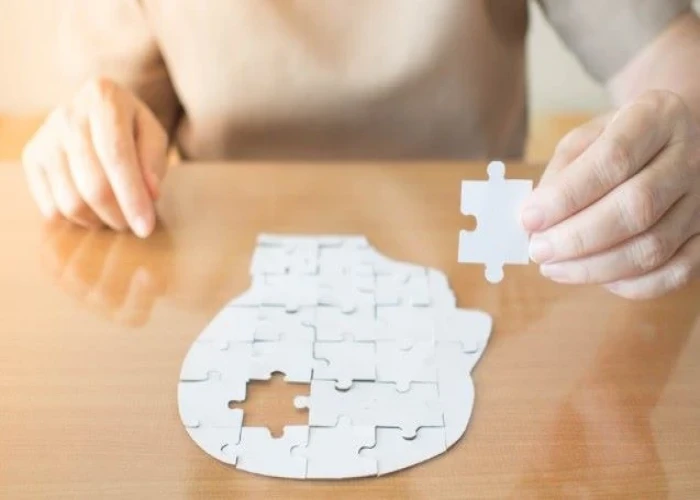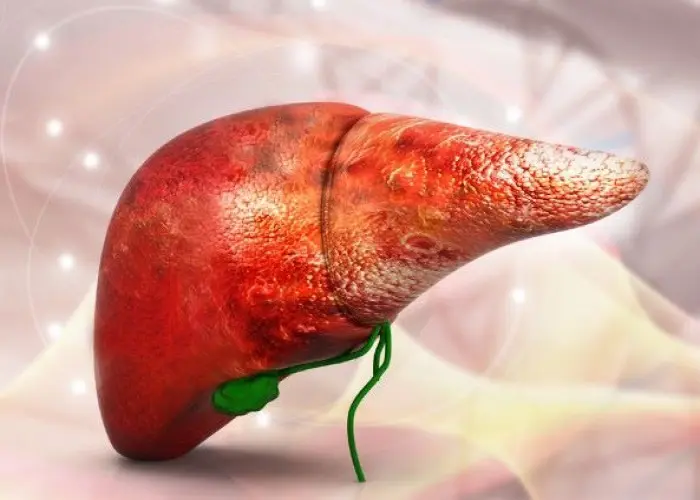 Welcome
Welcome
“May all be happy, may all be healed, may all be at peace and may no one ever suffer."
Inguinal hernia

An inguinal hernia is a common type of hernia that occurs when tissue, such as a part of the intestine, protrudes through a weak spot or tear in the abdominal wall. Inguinal hernias are more common in men than in women and are often seen in older adults.
The inguinal area is located in the lower abdomen and includes the groin and scrotum in men and the labia in women. Inguinal hernias can be classified as direct or indirect, depending on their location and how they protrude through the abdominal wall.
Symptoms of an inguinal hernia may include a bulge or lump in the groin area that may become more noticeable when standing or coughing, discomfort or pain in the groin area, and a feeling of heaviness or pressure in the groin. In some cases, an inguinal hernia may cause no symptoms and may be detected during a routine physical exam.
Treatment for an inguinal hernia usually involves surgery to repair the weakened area of the abdominal wall and prevent the hernia from recurring. Surgical options may include traditional open surgery or minimally invasive laparoscopic surgery. During surgery, the protruding tissue is pushed back into the abdomen and the abdominal wall is strengthened with a mesh patch or sutures.
In some cases, watchful waiting may be recommended for small or asymptomatic inguinal hernias, particularly in older adults or people with other health issues that make surgery more risky.
To reduce the risk of developing an inguinal hernia, it is important to maintain a healthy weight, avoid heavy lifting or straining during bowel movements, and avoid smoking, which can weaken the abdominal wall. Wearing supportive clothing, such as a truss or compression shorts, may also be helpful for people with inguinal hernias.
Research Papers
Disease Signs and Symptoms
- Hernia
- A burning or aching sensation at the bulge
- Occasionally, pain and swelling around the testicles when the protruding intestine descends into the scrotum
Disease Causes
Inguinal hernia
Some inguinal hernias have no apparent cause. Others might occur as a result of:
- Increased pressure within the abdomen
- A preexisting weak spot in the abdominal wall
- Straining during bowel movements or urination
- Strenuous activity
- Pregnancy
- Chronic coughing or sneezing
In many people, the abdominal wall weakness that leads to an inguinal hernia occurs prior to birth when a weakness in the abdominal wall muscle doesn't close properly. Other inguinal hernias develop later in life when muscles weaken or deteriorate due to aging, strenuous physical activity or coughing that accompanies smoking.
Weaknesses can also occur in the abdominal wall later in life, especially after an injury or abdominal surgery.
In men, the weak spot usually occurs in the inguinal canal, where the spermatic cord enters the scrotum. In women, the inguinal canal carries a ligament that helps hold the uterus in place, and hernias sometimes occur where connective tissue from the uterus attaches to tissue surrounding the pubic bone.
Disease Prevents
Inguinal hernia
You can't prevent the congenital defect that makes you susceptible to an inguinal hernia. You can, however, reduce strain on your abdominal muscles and tissues. For example:
- Maintain a healthy weight. Talk to your doctor about the best exercise and diet plan for you.
- Emphasize high-fiber foods. Fruits, vegetables and whole grains contain fiber that can help prevent constipation and straining.
- Lift heavy objects carefully or avoid heavy lifting. If you must lift something heavy, always bend from your knees — not your waist.
- Stop smoking. Besides its role in many serious diseases, smoking often causes a chronic cough that can lead to or aggravate an inguinal hernia.
Disease Treatments
If your hernia is small and isn't bothering you, your doctor might recommend watchful waiting. Sometimes, wearing a supportive truss may help relieve symptoms, but check with your doctor first because it's important that the truss fits properly, and is being used appropriately. In children, the doctor might try applying manual pressure to reduce the bulge before considering surgery.
Enlarging or painful hernias usually require surgery to relieve discomfort and prevent serious complications.
There are two general types of hernia operations — open hernia repair and minimally invasive hernia repair.
Open hernia repair
In this procedure, which might be done with local anesthesia and sedation or general anesthesia, the surgeon makes an incision in your groin and pushes the protruding tissue back into your abdomen. The surgeon then sews the weakened area, often reinforcing it with a synthetic mesh (hernioplasty). The opening is then closed with stitches, staples or surgical glue.
After the surgery, you'll be encouraged to move about as soon as possible, but it might be several weeks before you're able to resume normal activities.
Minimally invasive hernia repair
In this procedure requiring general anesthesia, the surgeon operates through several small incisions in your abdomen. The surgeon may use laparoscopic or robotic instruments to repair your hernia. Gas is used to inflate your abdomen to make the internal organs easier to see.
A small tube equipped with a tiny camera (laparoscope) is inserted into one incision. Guided by the camera, the surgeon inserts tiny instruments through other small incisions to repair the hernia using synthetic mesh.
People who have a minimally invasive repair might have less discomfort and scarring after surgery and a quicker return to normal activities. Long-term results of laparoscopic and open hernia surgeries are comparable.
Minimally invasive hernia surgery allows the surgeon to avoid scar tissue from an earlier hernia repair, so it might be a good choice for people whose hernias recur after open hernia surgery. It also might be a good choice for people with hernias on both sides of the body (bilateral).
As with open surgery, it may be a few weeks before you can get back to your usual activity level.
Disease Diagnoses
Disease Allopathic Generics
Disease Ayurvedic Generics
Disease Homeopathic Generics
Disease yoga
Inguinal hernia and Learn More about Diseases

Neck pain

Desmoplastic small round cell tumors

Chronic fatigue syndrome

Mental illness

Low sperm count

Enlarged liver

Von Willebrand disease

Postherpetic neuralgia
inguinal hernia, ইনগুইনাল হার্নিয়া
To be happy, beautiful, healthy, wealthy, hale and long-lived stay with DM3S.
